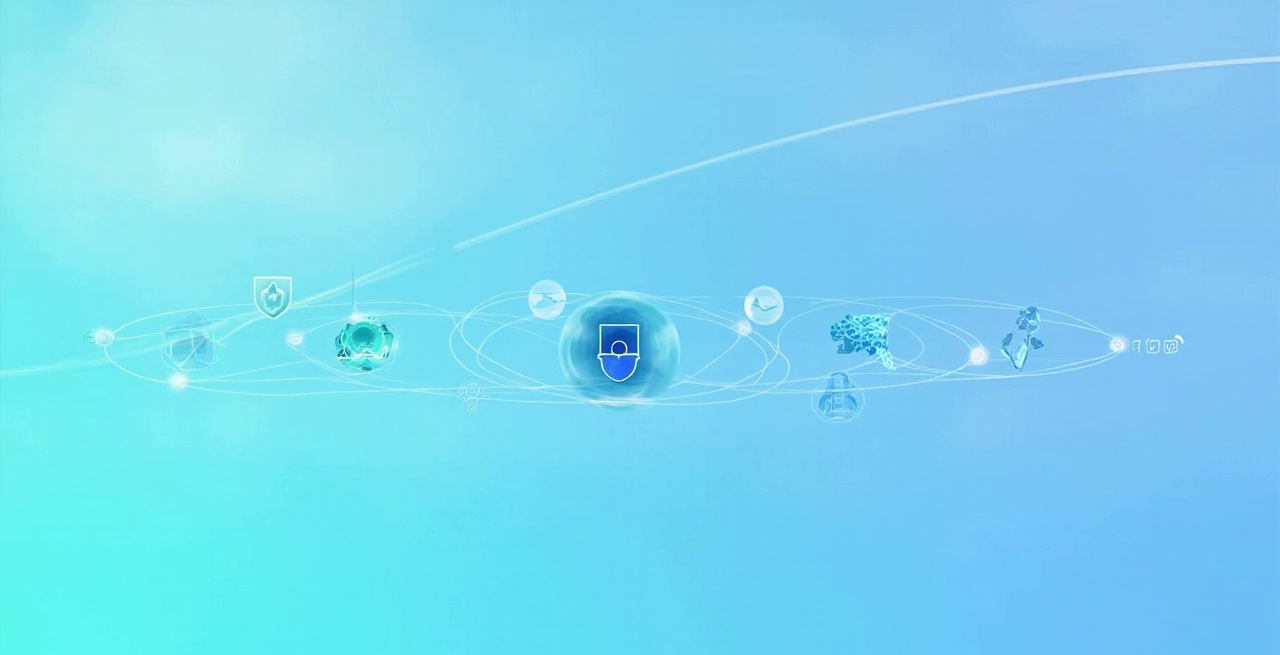
What does a modern antivirus actually do?
When you hear the term “antivirus,” you might picture a program that simply scans your computer for known viruses and removes them. While that was largely true in the early days of cybersecurity, the digital threat landscape has evolved dramatically. Today, the term “antivirus” is almost a misnomer, as modern security software does far more than just combat viruses. So, what does a modern antivirus actually do in 2025? It acts as a comprehensive digital guardian, employing a multi-layered approach to protect your devices from a vast array of sophisticated cyber threats. This article will demystify the capabilities of contemporary antivirus solutions and highlight the essential features that keep your digital life secure.
Beyond signature-based detection: The evolution of antivirus
Traditional antivirus relied heavily on “signature-based detection.” This meant the software had a database of known virus signatures, and it would scan your files to see if any matched. If a new virus emerged, your antivirus wouldn’t recognize it until its signature was added to the database, leaving a window of vulnerability. Modern antivirus has moved far beyond this reactive approach, incorporating proactive and intelligent detection methods:
1. Real-time protection and behavioral analysis
This is the cornerstone of modern antivirus. Instead of just scanning files on demand, real-time protection constantly monitors your system for suspicious activity. It analyzes the behavior of programs and processes. If a program tries to modify critical system files, access sensitive data, or connect to suspicious networks in an unusual way, the antivirus will flag it as potentially malicious, even if it doesn’t match a known signature. This is crucial for detecting “zero-day” threats – new malware that hasn’t been seen before.
2. Cloud-based threat intelligence
Modern antivirus solutions leverage the power of the cloud. When a new threat is detected on one user’s system, its characteristics are immediately uploaded to a vast cloud database. This information is then rapidly disseminated to all other users, providing near-instantaneous protection against emerging threats globally. This collective intelligence allows for much faster response times than traditional signature updates.
3. Machine learning and artificial antelligence
AI and machine learning algorithms are now integral to advanced threat detection. These technologies allow antivirus software to learn from vast amounts of data, identify patterns associated with malware, and predict potential threats. They can analyze file characteristics, code structures, and behavioral anomalies to determine if something is malicious, even if it has been cleverly disguised.
Comprehensive protection: More than just malware
Today’s antivirus suites offer a holistic approach to digital security, integrating a wide range of features to protect against various cyber threats:
- Phishing protection: Modern antivirus includes features that identify and block malicious websites designed to steal your personal information (phishing sites). They often integrate with your browser to warn you before you visit a suspicious link.
- Firewall: While operating systems have built-in firewalls, many antivirus suites offer enhanced firewalls that provide more granular control over network connections, preventing unauthorized access to your device.
- Ransomware protection: Dedicated modules are designed to detect and block ransomware attacks. They often include features that protect your important files from unauthorized encryption and can even roll back changes made by ransomware.
- Webcam and microphone protection: These features alert you when applications try to access your webcam or microphone, preventing unauthorized surveillance.
- Parental controls: Many suites offer tools to manage and monitor children’s online activity, filter inappropriate content, and set screen time limits.
- Password manager: Some advanced antivirus packages include integrated password managers to help you create, store, and manage strong, unique passwords for all your online accounts.
- Vulnerability scanners:These tools scan your system for outdated software, missing security patches, and misconfigurations that could be exploited by attackers.
- Performance optimization tools: Surprisingly, some antivirus suites also include tools to clean up junk files, optimize startup programs, and improve overall system performance.
The importance of a multi-layered defense
No single security solution is 100% foolproof. A modern antivirus acts as a critical layer in a multi-layered defense strategy. It works in conjunction with your operating system’s built-in security, your own smart online habits, and other tools like VPNs and password managers to create a robust shield around your digital life.
The question “What does a modern antivirus actually do?” can be answered simply: it provides comprehensive, proactive, and intelligent protection against the ever-evolving landscape of cyber threats. It’s no longer just about detecting viruses; it’s about safeguarding your privacy, protecting your data, and ensuring the smooth operation of your devices. While built-in security features are a good start, a dedicated, up-to-date antivirus solution offers the advanced capabilities and peace of mind necessary to navigate the digital world safely in 2025. Don’t underestimate its power; it’s an essential tool in your cybersecurity arsenal.
